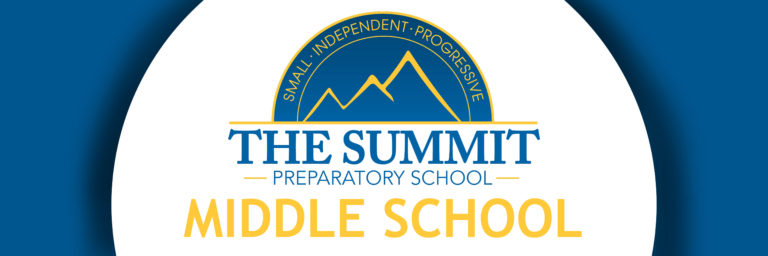What’s with all the problems?
In Upper School math classes, students are quite often presented with challenging real-world and/or hands-on problems to work out. Typically these problems can be approached using a variety of different strategies and build off of students’ prior knowledge and experience.
In Algebra II, a recent task asked students to find the largest capacity possible for a box built from a sheet of paper. Sixth graders calculated how long it would take to wash all the windows of the tallest building on Earth, the Burj Khalifa. Meanwhile, eighth graders write equations to represent real-life scenarios and Applied Math students determine which department of a business is profitable. Pattern blocks were used in seventh grade math to create scaled copies.
From these tasks, students can notice patterns, make hypotheses, and discover what skills would be helpful or necessary, leading to a rich discussion and shared experience as a basis for new knowledge. Rather than large projects, students encounter many different mini-projects through the course of a math unit.
To read more about the problem-based curriculum that guides much of math class, here is a helpful link.


